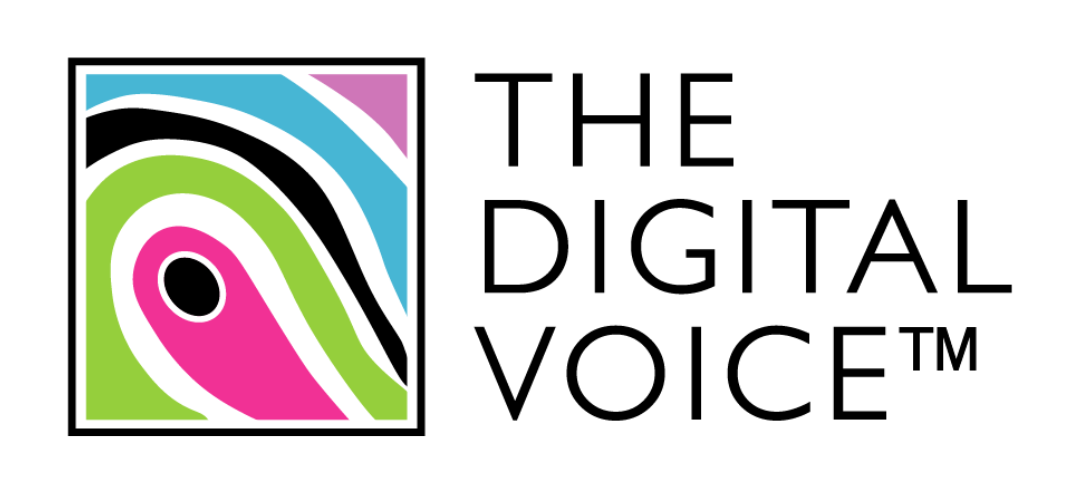Bridging the gap - solving retail media’s fragmentation challenge

Retail media has rapidly evolved into a key marketing channel. It is reshaping how brands connect with customers using data and insight, and in doing so, it has built a market now worth over £1bn in the UK alone. This growth hasn’t happened by accident as, put simply, retail media can do what other channels can’t – notably closing the loop on in-store sales.
Retail media’s continued growth is in its ability to deliver this, via strategic innovation, smarter technology, and a focus on customer insight – all while creating better customer outcomes.
At a time when advertisers constantly desire speed, smarter decision-making, and measurable outcomes, retail media is well placed to help them achieve these goals. Recent research confirms retail media as the leading marketing channel for consumer goods organizations, with 92% of respondents ranking it as their most important strategy. Without a doubt, retail media is multifaceted, with campaigns spanning a mix of in-store, online, and off-site channels, each with its own platform, metrics, and attribution models.
But realizing this benefit can also be a challenge for brands. On the ground, it often means navigating a maze of dashboards, tools, and disparate teams, making campaigns difficult to plan, buy, and measure in a unified way. To sustain the momentum of retail media, the industry must now focus on solving fragmentation by making the channel simpler, easier to activate, and more effective. But how?
Unify retail media campaigns
One of the biggest barriers to seamless retail media has been the lack of a single, integrated view across all campaign activity, for both planning and measurement. Historically, multichannel campaigns have required the campaign manager to navigate multiple platforms, metrics, and systems.
Brands and agencies now require solutions that bring together audience insights, media planning, activation, optimization, and measurement for all channels – online, in-store, and off-site – within a single, user-friendly platform. Such an integrated approach streamlines every aspect of campaign management, allowing omnichannel brands to plan more efficiently, optimize performance, and make faster, data-driven decisions. We will launch our own unified retail media platform, Nectar360 Pollen, later this year.
Tap into the power of AI
AI is ubiquitous. Companies are using it to both solve complex industry-specific challenges and streamline internal workflows, and that’s no different in retail media. The AI-powered attribution models and visualization tools being developed today allow for tracking and analysis across entire campaigns rather than channel by channel. This shows the impact of each channel on overall performance, and also allows brands and agencies to refine and perfect their campaign faster and more easily.
While this simplifies the process of building and measuring a highly effective campaign, it also enables advertisers to learn what works, faster, and optimize accordingly to drive stronger overall results. Meanwhile, customers are exposed to more relevant ads and an improved shopper experience.
AI can help us across the entire life cycle, from planning to measurement and optimization. For instance, brands can tap into incredibly rich first-party conversion data from retailer loyalty schemes. AI-driven generative modeling lets us use this data to make intelligent predictions about audience segments, while probabilistic modelling enables us to match audiences in a privacy-safe way.
Collaborate to standardize
As retail media has scaled so rapidly, so has the diversity of platforms, metrics, and methodologies. This reflects the innovation and momentum driving the industry, but it also presents a challenge. How do we ensure consistency without limiting innovation? Each retail media network has developed its own approach to audience segmentation, media buying, and measurement, often tailored to its unique shopper data and environment. But now, as investment deepens and campaigns become more sophisticated, the need for shared industry standards is becoming clear.
Recent research from IAB Europe found that 70% of media buyers cite the lack of standardization as a key barrier to investment in retail media. To address this, the ISBA Responsible Retail Media Framework, developed in collaboration with Omnicom Media Group and over 25 brands, retailers, and tech partners, sets out clear standards for definitions, data availability, attribution, and transparency. It is a blueprint for responsible growth, designed to unify the fragmented landscape and give brands the confidence to invest. These efforts are allowing brands and advertisers to compare performance across networks, deduplicate spend, and link investment directly to outcomes.
Nectar360 was one of two launch partners in IAB Europe’s Retail Media Certification Programme for retailers, which debuted in May following a successful initial pilot phase. This first-of-its-kind initiative aims to set a new standard for transparency, consistency, and accountability in retail media measurement across Europe, allowing retailers and technology providers to validate their measurement practices against industry-agreed standards.
Empowering brands to win in retail media
Retail media is powered by billions of rows of data, and millions of customer insights. But data alone doesn’t drive performance – what matters is how brands use it. Turning data into strategic decisions that drive smarter campaigns, sharper targeting, and measurable growth.
Enablement is just as critical as platform innovation; this means building teams who understand the complexity of retail media but know how to simplify it. Translating insight into action and strategy into measurable results. According to Econsultancy, 71% of marketers feel undertrained in retail media best practices. Tackling fragmentation isn’t just about technology; it’s about education and collaboration. We need to make it easier for brands to navigate this space.
Long-term success also requires structural change. Building cross-functional teams, working closely with retail media partners, and evolving beyond traditional media silos. This is not a new channel, it's a new way of thinking.
As I wrote earlier this year: “We are all still writing the early chapters of this book. Everyone’s building it as they go, learning on the job, seeing what works. No one, I can assure you, really feels like they have cracked it.”
But we are making remarkable progress. Retail media’s time has come, and it presents exciting opportunities for advertisers, retailers, and, most importantly, consumers. Yes, challenges remain around fragmentation and standardization. But these can all be overcome if we harness technology, insight, and AI to create a unified approach that benefits the entire retail media space.
Also published in: The Drum



